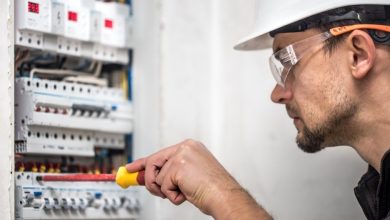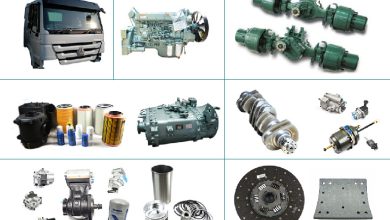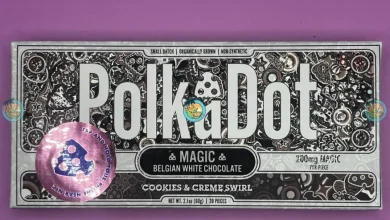Ice Skate Sharpness: The Secret to Effortless Gliding and Control

Ice skating, whether for recreational pleasure, competitive figure skating, or the high-speed excitement of ice hockey, is a sport that demands precision, balance, and control. While the skater’s skill plays a crucial role, the often-underestimated factor of ice skate sharpness significantly affects your performance on the ice. In this article, we will uncover the secrets of ice skate sharpness and how it contributes to effortless gliding and control, enabling you to elevate your ice skating experience. For those interested in a skate blog, feel free to explore our website.
The Importance of Sharp Skates
The blade of an ice skate is more than just a piece of metal—it’s the primary point of contact between the skater and the ice. The level of sharpness determines your ability to grip the ice and execute various maneuvers. Here’s why sharp skates matter:
1. Enhanced Control
Sharp skates provide better control over your movements. They allow you to change direction, make precise stops, and perform intricate footwork with ease. Whether you’re a figure skater or a hockey player, control is crucial for your performance.
2. Improved Balance
Sharp skates ensure that your weight is evenly distributed across the blade, enhancing your balance and stability. This is especially important for figure skaters who rely on their balance to execute graceful spins and jumps.
3. Speed and Efficiency
Sharp blades reduce the friction between the skate and the ice, allowing you to glide effortlessly and reach higher speeds. Ice hockey players, in particular, benefit from the increased speed for quick plays and maneuvers.
4. Safety
Dull blades can lead to accidents and injuries. Sharp skates enable you to stop when needed and avoid collisions. Safety should always be a top priority when ice skating.
The Sharpening Process
Ice skate sharpening is a precise process that requires specialized equipment and skills. Here’s how it’s typically done:
1. Profiling
The first step in sharpening ice skates is profiling. The skate blade is examined to ensure it’s level, and any unevenness or inconsistencies are addressed. Proper profiling ensures an even cut across the blade.
2. Grinding
After profiling, a sharpening machine is used to grind the blade. This process creates a clean and sharp edge on both sides of the blade. The type of grind, or hollow, used can vary based on the skater’s preference and the type of skating they do.
3. Honing
Honing is the final step in the sharpening process. It involves polishing the blade to a fine edge. This enhances the smoothness of the cut and ensures that the blade is as sharp as possible.
4. Inspection
A skilled sharpener will thoroughly inspect the blades after sharpening. This includes checking for evenness, sharpness, and proper alignment. Any issues are corrected to ensure that the skates are in perfect condition.
Choosing the Right Hollow
The “hollow” refers to the curvature or depth of the cut made in the skate blade during the sharpening process. The choice of hollow is highly personal and depends on the type of skating you do:
- Deep Hollow (1/4″ or 3/8″): A deep hollow provides better grip on the ice, making it ideal for figure skaters who need to perform intricate maneuvers with precision.
- Medium Hollow (1/2″ or 5/8″): This is a versatile choice for recreational skaters and hockey players. It balances grip and speed, offering a good compromise.
- Shallow Hollow (3/4″ or 7/8″): A shallow hollow minimizes friction, allowing for faster gliding. It’s popular among speed skaters and hockey players looking for extra speed.
- Flat Bottom V (FBV): This relatively new technology combines a flat bottom with angled edges to provide excellent grip and speed. It’s gaining popularity among hockey players.
Skate Maintenance
To maintain the sharpness of your skates and ensure consistent performance, it’s important to take good care of them:
- Regular Sharpening: Don’t wait until your skates are extremely dull before sharpening them. A general rule of thumb is to sharpen them every 15 to 20 hours of skating.
- Protecting the Blades: Always use skate guards when walking on surfaces other than ice to prevent damage to the blade edges. When storing your skates, make sure they’re dry to prevent rust.
- Proper Skating Surface: Skating on a clean and well-maintained ice surface can prolong the sharpness of your blades.
- Routine Inspection: Regularly inspect your skates for any damage, misalignment, or uneven wear. Address any issues promptly.
Ice skate sharpness is the secret to effortless gliding and control on the ice. Whether you’re a figure skater aiming for graceful spins or a hockey player seeking speed and precision, sharp skates are essential for success. Understanding the sharpening process, choosing the right hollow, and maintaining your skates are all integral parts of the equation. By taking care of your skates and ensuring they’re always in peak condition, you can enhance your ice skating experience, stay safe, and enjoy the thrill of gliding with unparalleled control. So, lace up your skates and experience the magic of effortlessly gliding across the ice!




